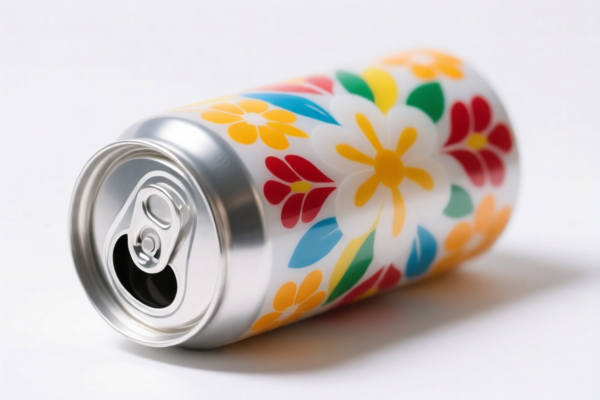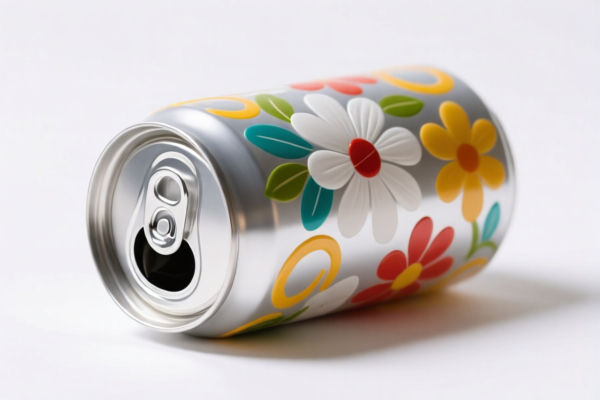| HS Code | Official Doc | Tariff Rate | Origin | Destination | Effective Date |
|---|---|---|---|---|---|
| 3923900080 | Doc | 58.0% | CN | US | 2025-05-12 |




Okay, let's break down the classification and tax implications for your declared item: PLASTIC CAN under HS Code 3923.90.00.80.
Here's a structured explanation:
1. HS Code Breakdown (3923.90.00.80):
- 39: Plastics and articles thereof. This indicates the general category – products made from plastics.
- 3923: Articles for the conveyance or packing of goods, of plastics; stoppers, lids, caps and other closures, of plastics. This narrows it down to plastic items used for packaging or transporting goods, or plastic closures.
- 3923.90: Other. This signifies that the item doesn't fall into the more specifically defined subcategories within 3923 (like boxes, crates, etc.). It's a "catch-all" for other plastic packaging/closure articles.
- 3923.90.00: Further specification within "Other".
- 3923.90.00.80: Even more specific classification – often used for a variety of miscellaneous plastic packaging items.
2. Item Description & Classification Confirmation:
Your declared item, "PLASTIC CAN," falls under this HS Code because it's a container made of plastic used for holding or transporting goods. The "Other" classification suggests it's not a standard type of plastic can with a more specific HS code.
3. Tax Details:
- Basic Tariff: 3.0%
- Additional Tariff: 25.0% (currently)
- Additional Tariff (after April 2, 2025): 30.0%
- Total Tax: 58.0%
Important Considerations & Recommendations:
- Material Verification: Crucially, confirm the exact plastic material used in the can. Different types of plastic could potentially lead to a different HS code. Provide a material specification sheet if possible.
- End Use: While a "plastic can" generally fits here, the specific purpose of the can is important. Is it for food, chemicals, industrial use, etc.? This can affect import regulations.
- Single-Use vs. Reusable: Is the can designed for single use or multiple uses? This can impact regulations related to environmental levies or packaging waste.
- Pricing: The declared value (single price) of the can is important. Customs may scrutinize unusually low or high values.
- Certifications: Depending on the contents the can is intended for (e.g., food-grade), you may need specific certifications (e.g., FDA approval for food contact materials). Please check the import requirements for the destination country regarding these certifications.
- Trade Agreements: Check if there are any trade agreements between China and the destination country that could reduce or eliminate tariffs.
- 2025 Tariff Changes: Be aware of the tariff increase scheduled for April 2, 2025. Plan your imports accordingly.
Next Steps:
- Double-check the material composition of the plastic can.
- Confirm the end use of the can.
- Gather any relevant certifications.
- Contact the customs authorities in the destination country for specific import requirements.
Disclaimer: I am an AI and this information is for general guidance only. It is essential to consult with a qualified customs broker or the customs authorities in the destination country for accurate and up-to-date import regulations.
Customer Reviews
The tariff information was detailed, but I wish there was a simpler way to see the total tax rate without having to add the basic and additional tariffs. Still, it was a good resource for my plastic can export needs.
This site made it easy to find the HS Code for my plastic can. The step-by-step explanation of the classification and the warnings about material verification were really useful for someone new to international trade.
I found the tax details helpful, especially the breakdown of the 58% total tariff. The note about checking the plastic material was a good reminder that I need to verify that before shipping.
The HS Code 3923.90.00.80 explanation was very clear and helped me understand the classification for my plastic can. The detailed breakdown of the tariff rates and tax implications was exactly what I needed.